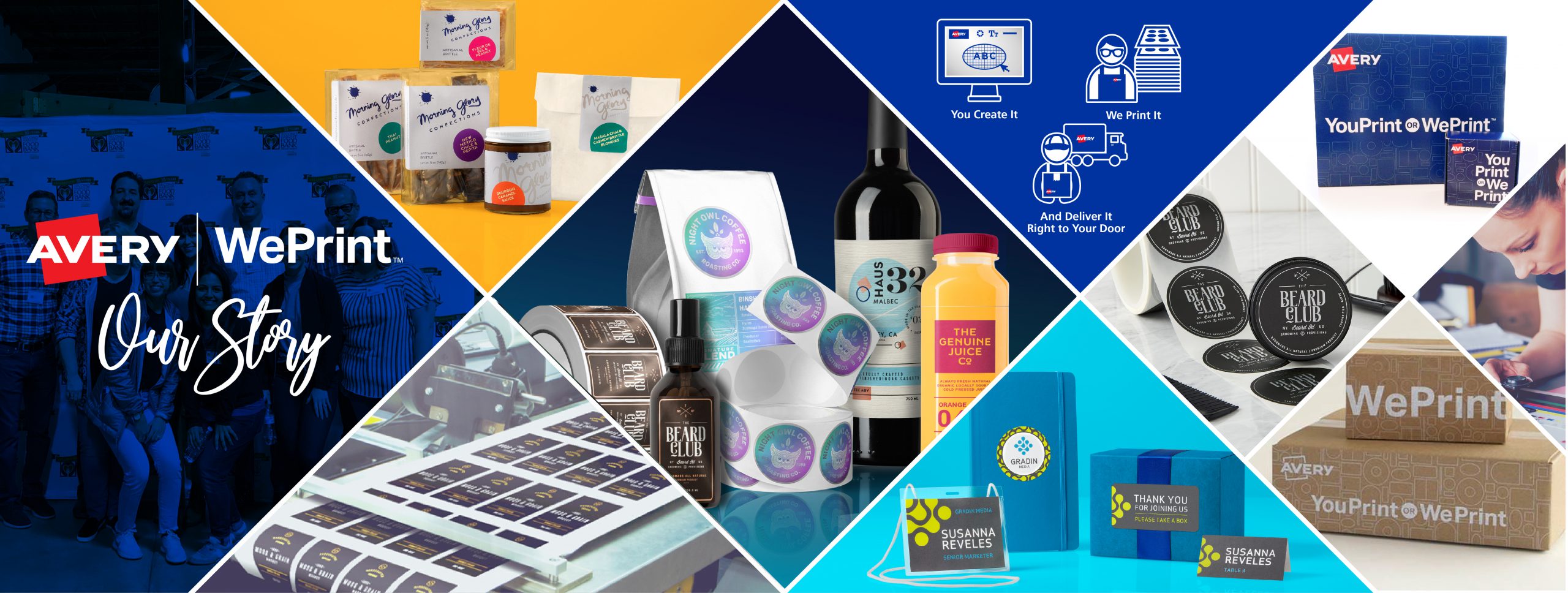Are you looking to boost your online presence and drive more traffic to your website? Among the vast array of digital marketing techniques, Search Engine Marketing (SEM) stands out as a powerful tool to reach and engage your target audience.
With the ever-increasing competition in the online sphere, SEM allows you to make your brand visible, boost website traffic, and drive valuable conversions.
In this comprehensive guide, we'll explore various examples of Search Engine Marketing to demonstrate its versatility and effectiveness. From Paid Search Advertising to Video Marketing and Local Search Ads, we'll delve into real-world cases where businesses have harnessed SEM to achieve outstanding results.
As we journey through these examples, you'll gain valuable insights into the potential of SEM as a driving force behind your marketing efforts.
Search Engine Marketing
SEM, or search engine marketing, is using paid advertising to ensure that your business's products or services are visible on search engine results pages (SERPs).
Understanding Search Engine Marketing (SEM)
At its core, Search Engine Marketing (SEM) is a form of digital marketing that involves promoting your business and increasing visibility through paid advertising on search engine results pages (SERPs). Unlike Search Engine Optimization (SEO), which focuses on organic rankings, SEM allows you to bid on relevant keywords and place targeted ads to appear at the top of search results.
SEM encompasses various platforms, but the most popular one is Google Ads (formerly known as Google AdWords), which dominates the search engine market. However, other search engines like Bing also offer their own advertising platforms.
The beauty of SEM lies in its precision targeting. With SEM, you can tailor your ads based on specific search terms, demographics, location, and other factors, ensuring that your message reaches the right audience at the right time.
Now that we've laid the groundwork, let's explore a diverse range of examples that showcase the power of SEM in driving results for businesses across different industries and marketing goals.
|
Search Engine Marketing SEM, or search engine marketing, is using paid advertising to ensure that your business's products or services are visible on search engine results pages (SERPs). |
Understanding Search Engine Marketing (SEM)
At its core, Search Engine Marketing (SEM) is a form of digital marketing that involves promoting your business and increasing visibility through paid advertising on search engine results pages (SERPs). Unlike Search Engine Optimization (SEO), which focuses on organic rankings, SEM allows you to bid on relevant keywords and place targeted ads to appear at the top of search results.
SEM encompasses various platforms, but the most popular one is Google Ads (formerly known as Google AdWords), which dominates the search engine market. However, other search engines like Bing also offer their own advertising platforms.
The beauty of SEM lies in its precision targeting. With SEM, you can tailor your ads based on specific search terms, demographics, location, and other factors, ensuring that your message reaches the right audience at the right time.
Now that we've laid the groundwork, let's explore a diverse range of examples that showcase the power of SEM in driving results for businesses across different industries and marketing goals.
Newsletter
Sign up to receive insights from the Fine Media team.
Examples of Search Engine Marketing
1. Paid Search Advertising Examples
Paid search advertising, also known as pay-per-click (PPC) advertising, is a cornerstone of search engine marketing. It allows businesses to bid on relevant keywords and display their ads prominently on search engine results pages (SERPs).
Let's explore some compelling examples of successful paid search campaigns that have delivered exceptional outcomes:
Google Ads (formerly AdWords)
Google Ads is the leading platform for paid search advertising, and it offers various ad formats to cater to diverse marketing objectives. One noteworthy example is the case of "WePrint," an online printing company that utilized Google Ads to increase brand visibility and drive sales.
By strategically bidding on keywords related to printing services, WePrint managed to appear at the top of search results when users were searching for printing solutions. The company also utilized ad extensions, such as site links and callouts, to provide additional information to potential customers.
As a result, WePrint experienced a significant boost in website traffic, improved click-through rates (CTRs), and a substantial increase in conversions.




